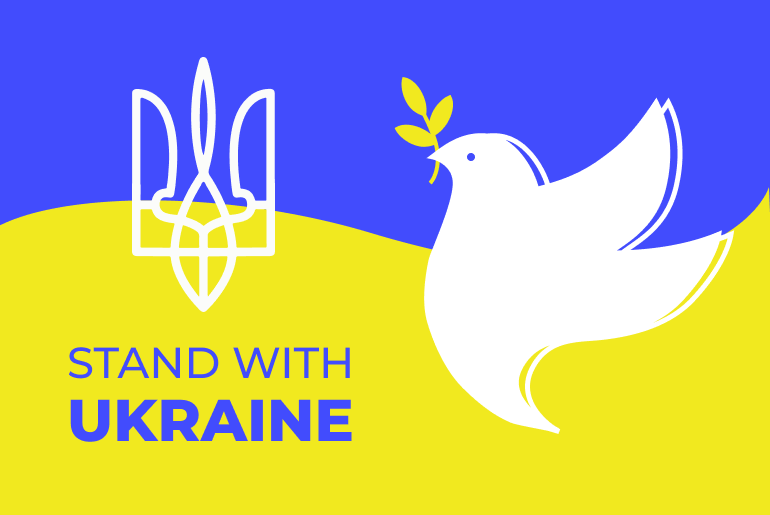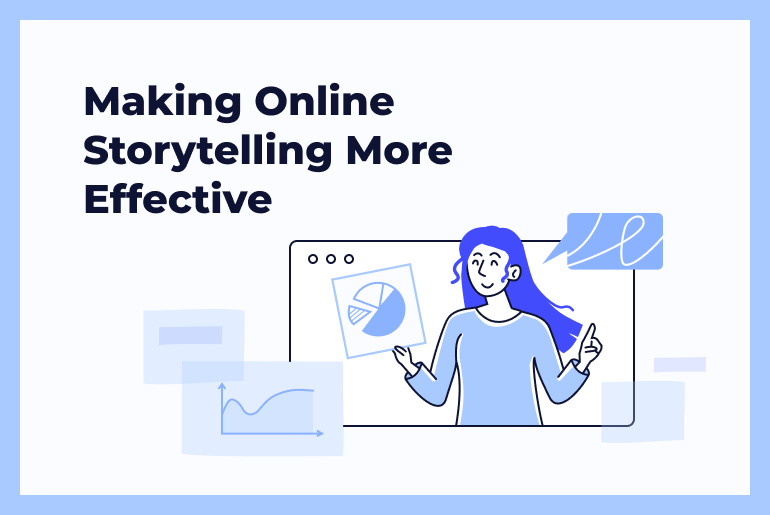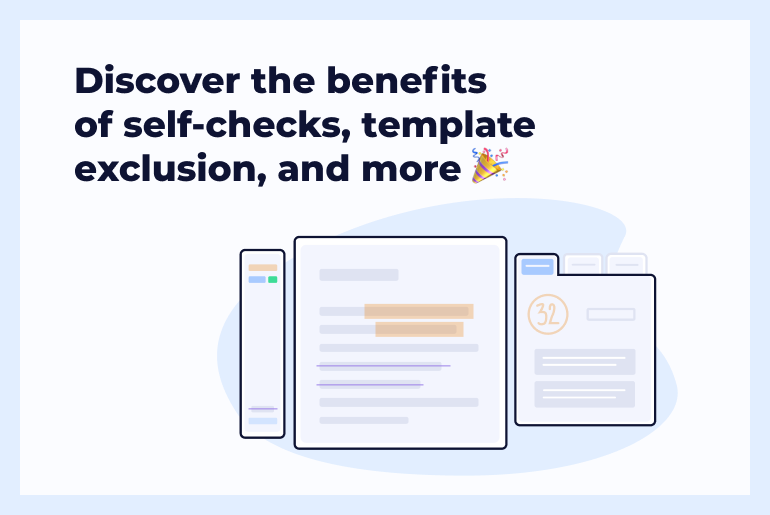Our interviewee, Jacqui Murray, is a well-practiced educator with over 30 years of experience, author of the blog “Ask a teacher”, editor of a K-18 technology curriculum, and journalist with a vast portfolio of books and online resources – all about school and tech. She has been talking to us about so-called digital citizenship, safe Internet usage, and critical thinking of the upcoming population of learners.
Jacqui is a real ambassador of digital literacy and claims that in the digital native environment it’s crucial to educate children on safe Internet behavior from day one. We are also discussing the concept of life-long learning and copyright infringement that’s become a new normal. Since the Internet opens access to all sorts of information, it’s vital to not only distinguish neutral and differentiate fake news in your feed but to also use data knowingly.
Read all the details about digital citizenship as a comprehensive approach to teaching safe tech behavior to digital-native life-long learners in this blog post.
Unicheck: Digital literacy has gradually become the new norm pushed forward by a lifelong learner trend. Your webinars on tech ed and various pedagogic topics cover the essence of Digital Citizenship. What exactly does it mean?
Jacqui: Today’s students integrate the internet into most of their learning, be it digital textbooks, web-based research, or web-based videos and resources. My experience is that most students see the internet as they would their hometown library – vast, curated, and safe. That just isn’t true.
In the internet ‘library’, resources of all kinds are available to anyone with an internet connection. Despite filters, students can access X-rated materials and be stalked unknowingly by dangerous online folks (especially when their research is completed outside of the safety of the school’s filters).
Because of this, safe internet usage and digital citizenship – like safe surfing, cyberbullying, differentiating fake news, protecting personal information, the legal use of online materials including images and videos–should be at the top of every school’s curriculum starting in Kindergarten. In my grad school classes, I am appalled (yes, that’s the right word) how many high schools have no digital citizenship training, assuming it’s covered in elementary and middle school. I applaud schools who recognize the importance of this topic and backfill as needed in high school, preparing students for college and career.
Unicheck: Does digital citizenship have anything to do with a problem-solving mindset? How do you nurture it in a classroom setting?
Jacqui: Excellent question. In fact, a problem-solving mindset is fundamental to being a good digital citizen. We want to build lifelong learners – students who not only learn in a school house but at home, with friends, and after they graduate. To do this, students must have the cerebral tools to evaluate problems and pick possible solutions without an adult telling them the answer.
There is great satisfaction in tackling a tech problem and being able to solve it themselves. It gives students the courage to do the same in other situations. I start in Kindergarten with 25 tech problems students should be able to solve (and many adults can’t) by the end of fifth grade. They’re pretty simple if you know how and show-stoppers if you don’t. I often have parents of 2nd and 3rd graders tell me how their child fixed their own computer. That’s a huzzah moment that’s hard to beat!
Unicheck: Is there any effective methodology of teaching copyright essentials to students? What resources or tools can simplify the process and make it engaging for students?
Jacqui: I start teaching copyrights in 2nd grade – or when students begin researching via the internet. I teach about permissions and public domain images and why ‘fair use’ allows them to use any image for education purposes in the US. Every year, I teach more. By the time they enter high school, they have a breadth of knowledge on the topic they are comfortable using.
Because copyrights aren’t widely understood, many educators ignore them. But this is done at their peril. There are many cases of schools sued for copyright infringement and educators being sued for sharing illegal images. The most effective methodology for teaching copyrights is to teach it and then use it in every class – science, history, English. Since many parents don’t understand it, parent seminars or newsletters should include information on this also so parents can reinforce what students learn at home.
A plug for my K-8 Digital Citizenship curriculum: It tells teachers what topics to introduce each year, Kindergarten through eighth, and how to scaffold year to year.
Unicheck: What are the safe spots for students to conduct digital research? How to help them quickly tell a fact from a fake?
Jacqui: Research should be done on trusted, neutral websites but how do you find them? Clearly, this discludes most newspapers, magazines, forums, and social media. Data showing that over half of kids get most of their news from Twitter and Facebook is not only shocking but appalling. Instead, students should be encouraged to research on neutral online sources. Websites with an .edu or .gov extension are good choices.
Even when visiting safe spots (like National Geographic or History.com), students should learn to look for key factors that are always part of trustworthy websites such as when it was updated, the credentials of key contributors, whether the source/website is unbiased, if you can contact the site, and if the information you read is reinforced by your general knowledge of the topic.
Telling fact from fake is not easy but always necessary. Every time you read something, you should approach it with a critical mindset. Check the source to see if it is reliable (see the tips for research under question #3). Is the information verified by others outlets and multiple sources? Whenever possible, access the original raw data and read it yourself. Do you interpret it the same way the website does or have they taken something out of context? Definitely give anything a ‘gut check’. Does it sound right? Does it fit your common sense?
Unicheck: How to increase digital literacy in online learning?
Jacqui: I know this will sound simplistic but the best way to increase digital literacy is teach it. The American Library Association defines Digital Literacy as “the ability to use information and communication technologies to find, evaluate, create, and communicate information requiring both cognitive and technical skills.”
In a nutshell, this means applying normal learning and education characteristics to a digital setting. Many adults–even teachers–believe kids arrive in their classrooms knowing more about tech than they do so don’t even try to teach it. Kids may be fearless in using digital devices but if they aren’t taught how to find reliable sources and protect their privacy online, they won’t do it. Worse, they won’t think it’s important.
Enjoyed the interview? Check out this one too.





